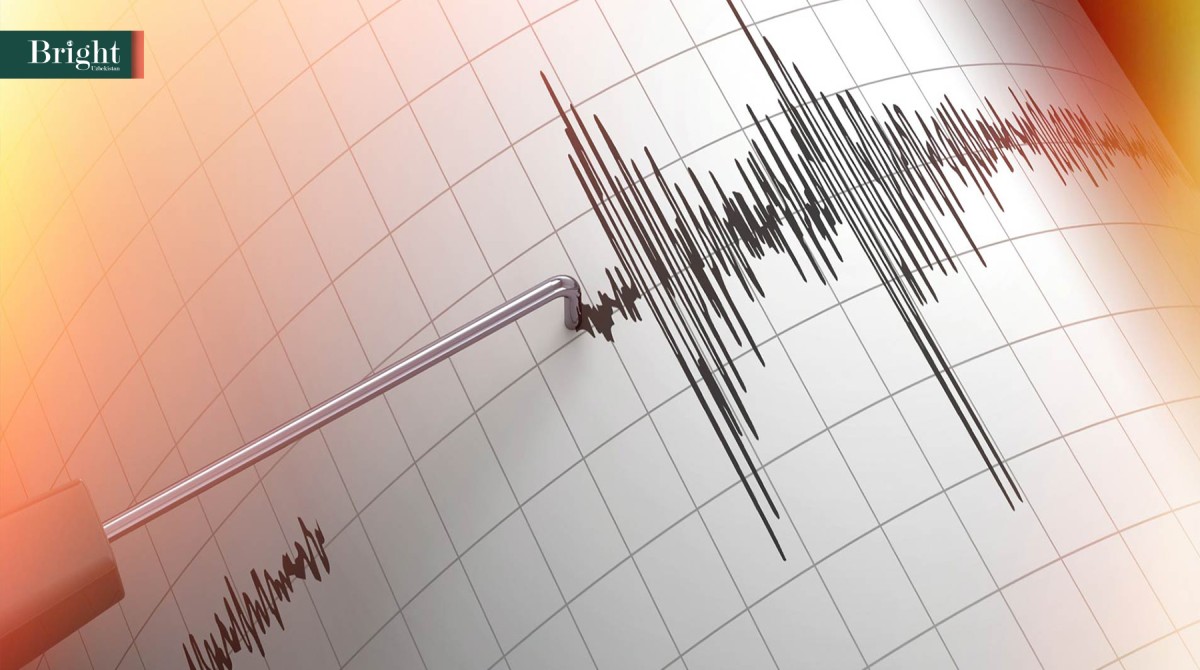Strength of an earthquake: from 1 to 12

Depending on the strength of the earthquake, the following conditions are conventionally met: 1 point - not noticeable, only seismic instruments register. 2 point - very weak. 3 point - weak, can be felt by a person sitting quietly in an open area. Point 4 - moderately perceptible, point 5 - very strong, point 6 - strong, point 7 - very strong, point 8 - unbreakable. 9 points - destructive. 10 points - finisher. 11 points - tragic. 12 points - extremely tragic, no building will remain on Earth.
7 points - very severe. This situation is also felt by car drivers while driving. Cracks may appear in building walls and some may even collapse.
8 points - fading. Raw brick buildings collapse completely, cracks appear in well-built structures, roof chimneys collapse, some trees fall in their entire trunks, break, collapse, and landslides occur in mountainous areas.
A score of 9 is devastating. Buildings and structures built to withstand earthquakes are also severely damaged. Conventional buildings will be completely destroyed, cracks will appear on the ground surface and groundwater may seep through.
10 points - finisher. All structures will be destroyed. Railway tracks will bend to one side in a wave pattern, underground utilities will rupture, subsidence will occur. Water basins soar and hit the shore, and major landslides occur on rocky slopes.
Eleven is tragic. Almost all buildings will collapse, levees will burst, railways will fail completely, large cracks will appear in the top of the ground, mud will rise from the ground, landslides and collapses will end.
12 points is extremely tragic. Great changes will take place in the upper part of the ground. All buildings will be completely destroyed, rivers will change their course and waterfalls will appear, natural dams will be created.





